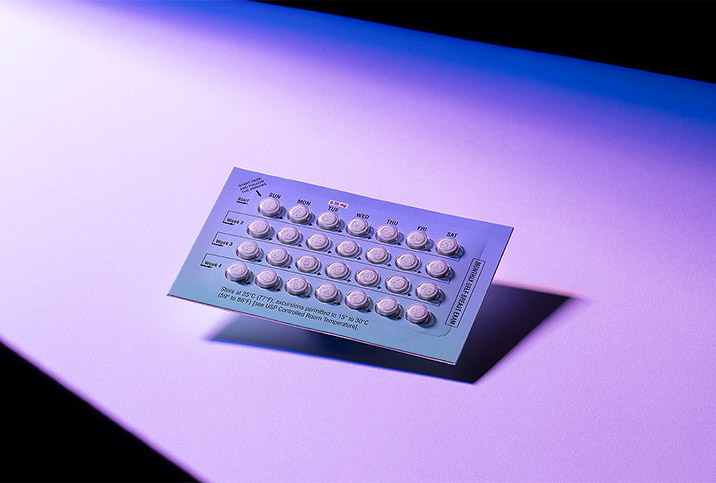Birth control comes in many different types. Some involve hormones and some don't. Other types are more expensive and long term. Still others require less upkeep.
Birth control definitely isn't a one-size-fits-all proposition, which makes it tricky to find the correct method specifically for yourself.
A number of options exist, however, and understanding which one—or ones—best fits your personal goals or relationship goals and making sure it works correctly are critical to maintaining your sexual health and well-being.
The American College of Obstetricians and Gynecologists provides a chart outlining the effectiveness rates of various birth control methods. While "perfect" use rates appear high for many options, perfect use rarely occurs, so it's more realistic to consider "typical" use percentages.













